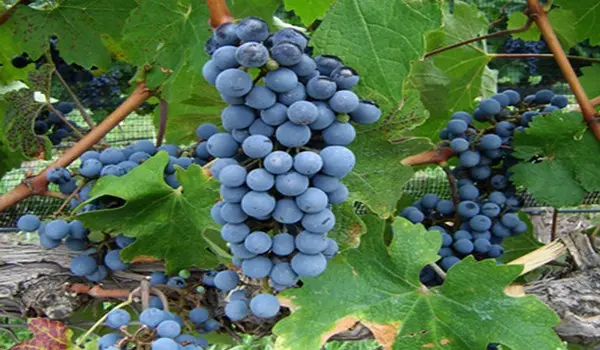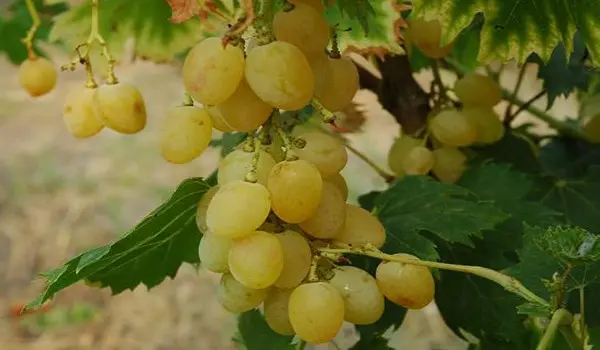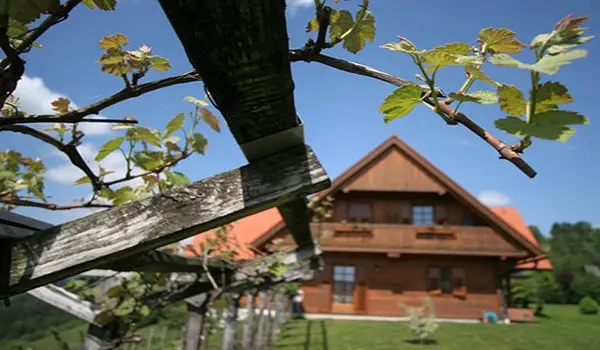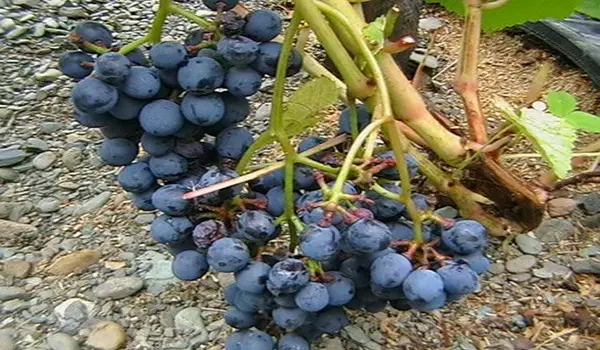Contents
One of the brightest decorations of any suburban area will be not only a luxurious garden of various fruit trees, but also a vineyard that gives not only a delicious harvest, but also simply a delight for the eyes. Despite the fact that these berries are associated with the sunny Tuscan valley or the hills of Greece, in not too warm climates of other countries, you can also grow an excellent vineyard.
Especially for such latitudes, breeders have bred special varieties that are more resistant to cold weather, and some are completely frost-resistant. There are about two dozen uncovered grape varieties. Basically, these are hybrid individuals that normally grow and bear fruit in areas where the air temperature is not high enough for most of the year. This includes both Ukraine, its large territories, at least, and the Moscow region.
The most popular varieties
There are more than twenty uncovered grape varieties, and each of them has its own advantages and disadvantages. However, all summer residents and growers choose for themselves, as expected, the variety that will satisfy both taste requirements and will be unpretentious in care. In addition, over the years, gardeners working in the middle zone of the climate have identified the most optimal options for themselves.
Isabel
If not the most popular, then at least one of these varieties can be called a guest from America – Isabella grapes. This variety was first brought to the territory of the USSR in the mid-50s. And since then, it has firmly taken root in almost every private house, in every summer cottage. Moreover, berries are used not only for food, but also for preservation and for making wine – bottles with the label of the same name flaunt on the shelves in any store.

The most comfortable climate for this variety is temperate, almost subtropical. That is why Isabella is grown almost everywhere in the post-Soviet space, except for the most northern regions. As for external characteristics, the roundness of the berry can be noted here, it reaches no more than 18 millimeters and 3 grams in size. Dark blue, sometimes transparent, the skin is covered with a waxy coating. The pulp is mucous, with a sweet and sour taste and a specific, bright smell.
The bunch itself is usually not very large – up to 150 grams, tightly entwined with berries. As for the vine, it has a large number of buds, and on each fruit shoot there are up to three brushes in the harvest. Isabella ripens late, but there are no problems with transporting the crop. It is worth noting the high resistance of the variety to severe frosts and various diseases.
Ontario
Another guest from the United States of America, which can be understood from the name, and a representative of uncovered grape varieties is Ontario. It looks visually like Isabella, but was bred from two other varieties – Winchel and Diamond. Clusters of Ontario are slightly larger than their relative and reach an average of 200 grams, and the berries themselves are round in shape. Upon reaching maturity, they acquire a pleasant golden, almost transparent color. Their taste is sweet and sour and also similar to Isabella. Among the advantages of the variety is resistance to low temperatures and to diseases that affect fruit crops.

Lydia (Isabella pink)
Another variety popular in the middle latitudes is Lydia. Like the two previous specimens, it was also bred in America and is a hybrid of the Labrusca species. Lydia, like many other grape varieties, ripens by September. It is then that the green round, slightly elongated berries turn pink, almost transparent. The skin is dense, with a waxy coating. The pulp of the berries is slimy, fragrant with a pronounced taste. Lydia’s brushes are large, not dense. To diseases and bacteria – resistant, not afraid of frost.
By the way, you can use the Lydia vine not only as a fruit crop, but also as a decorative decoration for a manor or arbors.
Amethyst
By right, this particular grape can be called the most frost-resistant, since the maximum temperature that it can withstand painlessly is minus 35 degrees. Also in the merits and low susceptibility to disease. At the same time, Amethyst berries are distinguished by good ripening, and the vine itself is fast growing and has a powerful skeleton.

The fruits ripen quite early – by the end of August you can already enjoy juicy berries of dark blue, almost black color. Also, the variety is quite sweet, in comparison with its other relatives. Clusters of Amethyst grow large – up to 700 grams.
Agrotechnics of uncovered varieties
Despite the fact that varieties of this species are resistant to cold, it is necessary to accustom young seedlings to frost not immediately, but gradually. For example, for the first three years, a newly planted vine must be covered, like weaker varieties. And with each wintering, wrap them up later and open them earlier. It will also be necessary after each disclosure to evaluate the damage caused to plants.
Thus, the grapes will be hardened and in the future it will endure the cold season without any problems. These recommendations apply, of course, to the climatic zone where the warm season is no more than four months a year. In warm climates, there is no need for shelter during the cold season. That is why all professional gardeners say that the same variety behaves differently in different zones.

According to the characteristics, grapes of non-covering varieties can tolerate the lowest possible temperature up to -29 degrees. In some varieties, this figure drops to -32 degrees. Although, it is not recommended to go to extremes, but to choose individuals based on the specific temperature and climatic data of your region.
For example, in regions where winter is unstable and there are thaws, it is recommended: remove the vine from the trellises, and lay them on the ground for wintering. This will not allow the kidneys to wake up ahead of time, then they will not be injured by frost.

Summer residents, in turn, have chosen for themselves “Isabella” varieties. Despite the high sugar content in the berries, their frost resistance is more than suitable for the Moscow region, for example, or the cold parts of Ukraine. They are also unpretentious in their care and do not require much effort on the part of the owner of the site. Only sometimes in the summer – watering, and in the spring – fertilizer with compost or nitrate.
Since these grapes are resistant to various diseases or bacteria, they do not need additional protection, only in case of a specific danger. In addition, they have a high ability to regenerate, which is also a huge plus. In general, it is desirable to plant non-covering varieties on the south side of the plots and give a sufficient amount of sun in the summer.
Video “Platovsky variety of uncovered wine grapes”
The video tells what parameters this grape variety has, from the size of the gron to the growing conditions of the bush.









